The 1970s is considered to be one of the greatest decades for cinema. The New Hollywood movement gave way to groundbreaking masterpieces like The Godfather and Taxi Driver, while the double whammy of Jaws and Star Wars created the summer blockbuster and continues to influence the film industry to this day.
The decade also brought a handful of the strongest directorial debuts of all time. From David Lynch to John Waters to Elaine May, some of the world’s most celebrated filmmakers got their start in the ‘70s.
Smokey And The Bandit (Hal Needham, 1977)
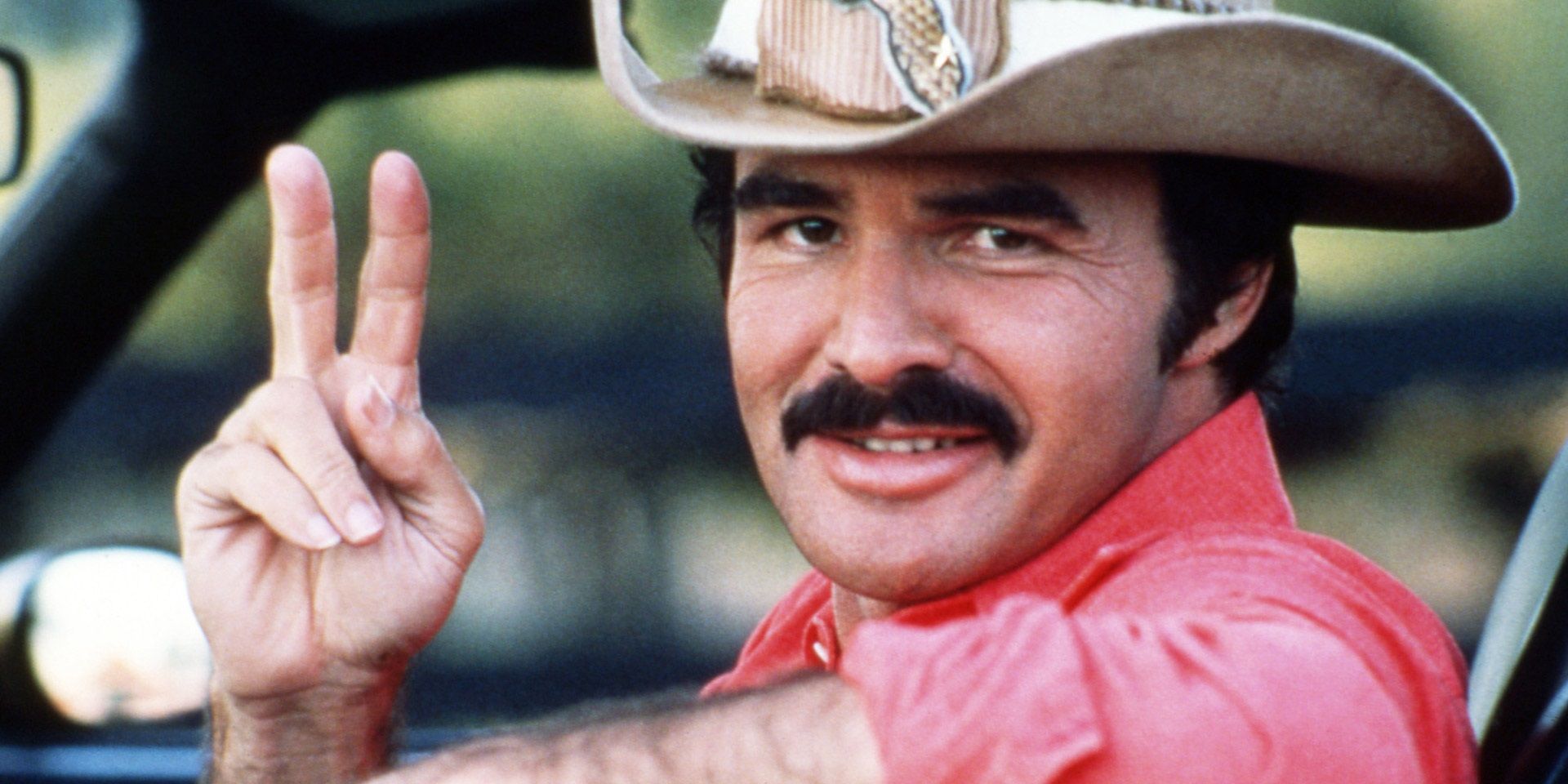
After working on movies like McLintock!, Little Big Man, and How the West Was Won, Hal Needham became one of the most renowned stuntmen of the 1960s. When he eventually moved into directing, he tended to helm movies that involved a lot of stunts, like Hooper, Stroker Ace, and The Cannonball Run.
Needham’s directorial debut, Smokey and the Bandit, is a rare action comedy that’s as action-packed as any straightforward action movie and as hilarious as any straightforward comedy. Burt Reynolds stars as “the Bandit,” who’s tasked with driving a beer shipment across the country, with Jackie Gleason providing hysterical support as the flustered cop on his tail.
Hard Times (Walter Hill, 1975)
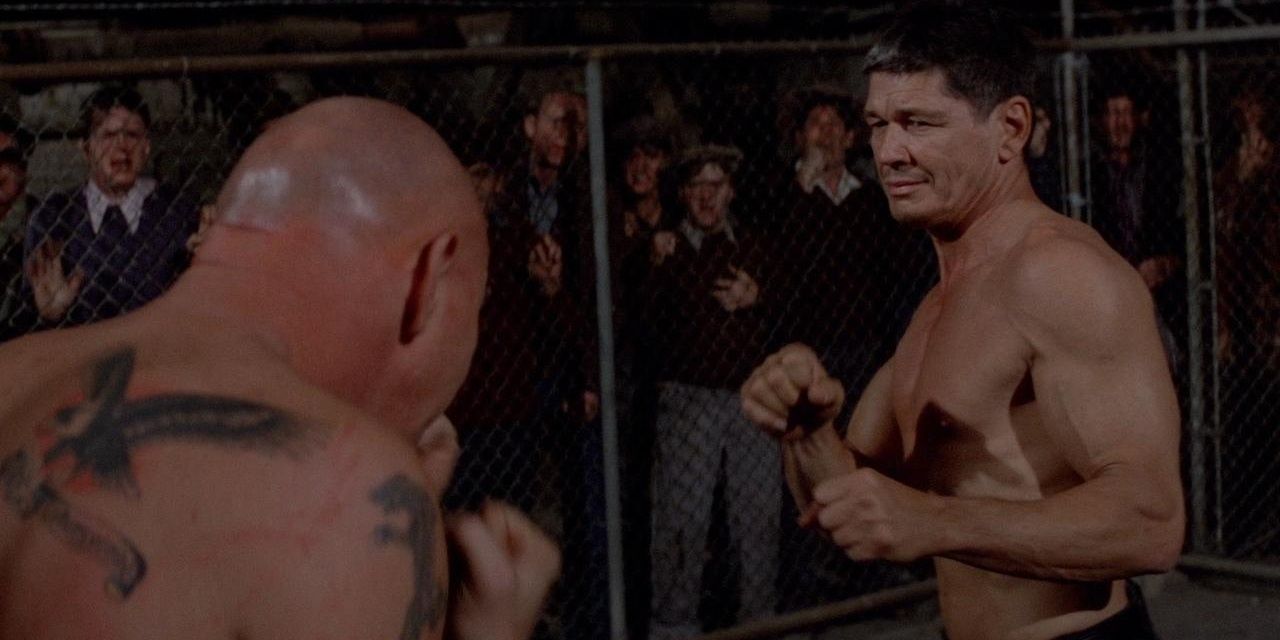
Walter Hill is one of the most acclaimed action directors of all time. From the high-octane car chases of The Driver to the comic-booky gang warfare of The Warriors to the buddy-cop thrills of 48 Hrs., Hill is responsible for some of the most exciting action scenes ever put on film.
Hill’s career got off to a stellar start in 1975 with Hard Times. Set during the Great Depression, Charles Bronson stars as a bare-knuckle boxer who rides the rails and competes in underground fight clubs to scrape together a living. Hard Times is filled with impressively brutal fight scenes, setting the stage for a legendary career in action cinema.
The Wicker Man (Robin Hardy, 1973)
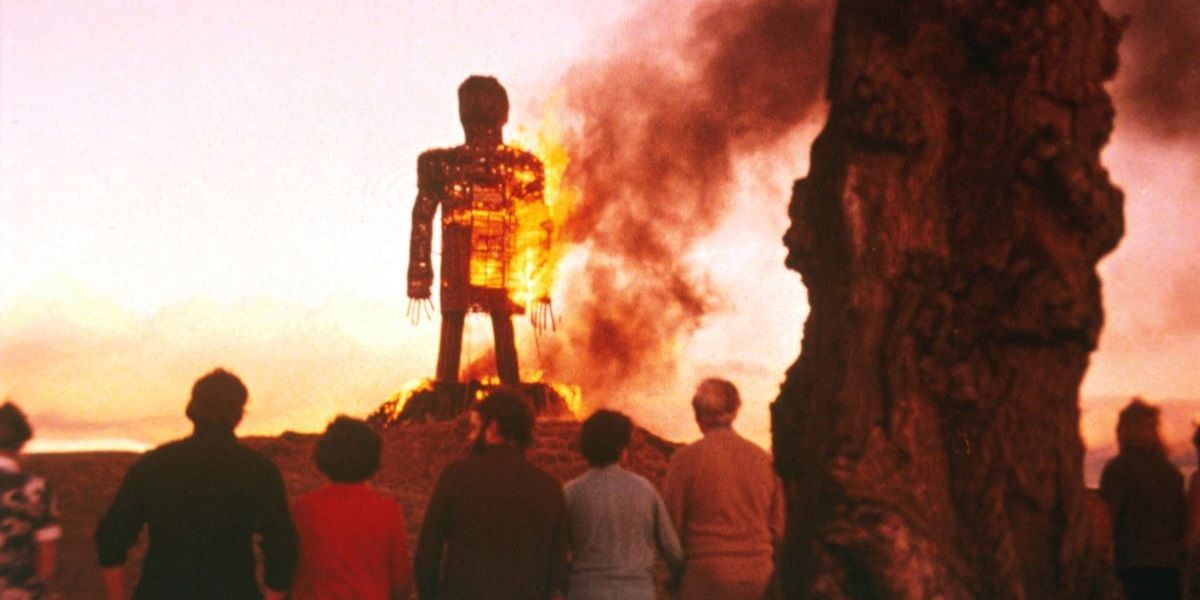
Robin Hardy directed TV dramas and commercials before finally breaking into feature films with the 1973 horror classic The Wicker Man, and his debut movie was so strong that he didn’t direct another one for over a decade.
Edward Woodward stars in The Wicker Man as a police officer who’s sent to a mysterious island in search of a missing girl and uncovers a startling conspiracy. This movie kickstarted the “cult horror” subgenre that has since produced such gems as Midsommar.
Monty Python And The Holy Grail (Terry Gilliam & Terry Jones, 1975)
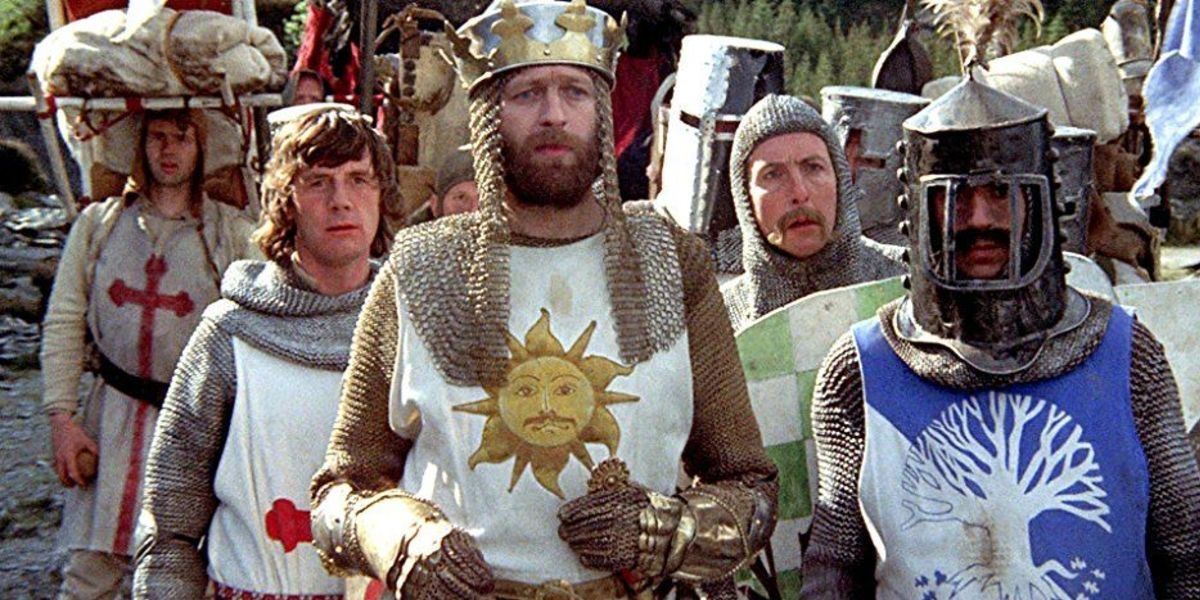
Monty Python’s first feature-length effort was a bunch of sketches from their TV show edited into a movie. Their first original feature-length effort was Monty Python and the Holy Grail. Loosely following the structure of the Arthurian legend, Holy Grail offers a series of typically absurdist Python gags built around knights, the monarchy, and life in medieval times.
The movie was co-directed by Pythons Terry Gilliam, who went on to helm such acclaimed films as Brazil, 12 Monkeys, and Fear and Loathing in Las Vegas, and Terry Jones. Neither Gilliam nor Jones had any previous directing experience, so they had to figure out how to direct a movie as they went along – and somehow, they ended up with one of the greatest comedies ever made.
Blue Collar (Paul Schrader, 1978)
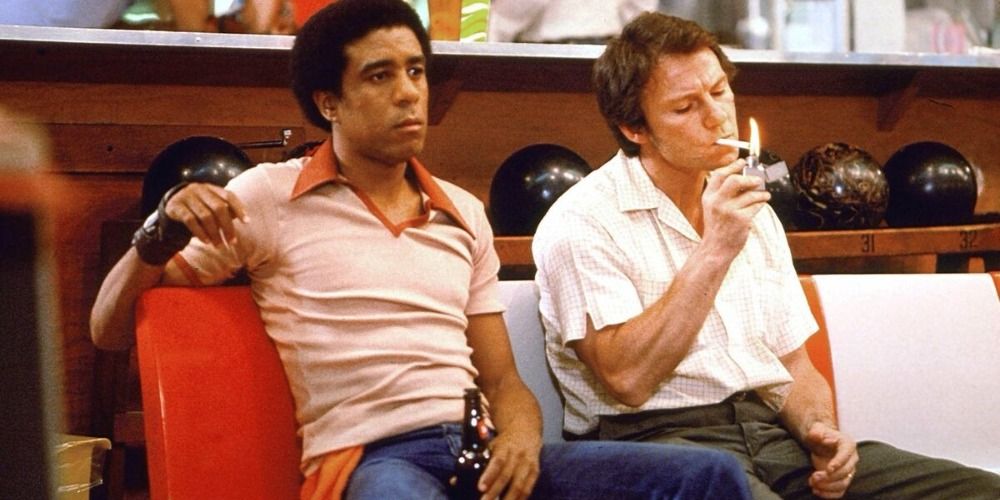
Paul Schrader was already a known name in Hollywood before making his directorial debut, as he’d written the screenplay for Martin Scorsese’s Taxi Driver. Scorsese’s neo-noir masterpiece is so iconic that Schrader could’ve written that movie and called it a day and still had a memorable career.
But two years after Taxi Driver hit theaters, Schrader directed his first movie. Starring Richard Pryor, Harvey Keitel, and Yaphet Kotto, Blue Collar examines working-class life in the Rust Belt and takes aim at the corruption within labor unions.
Badlands (Terrence Malick, 1973)
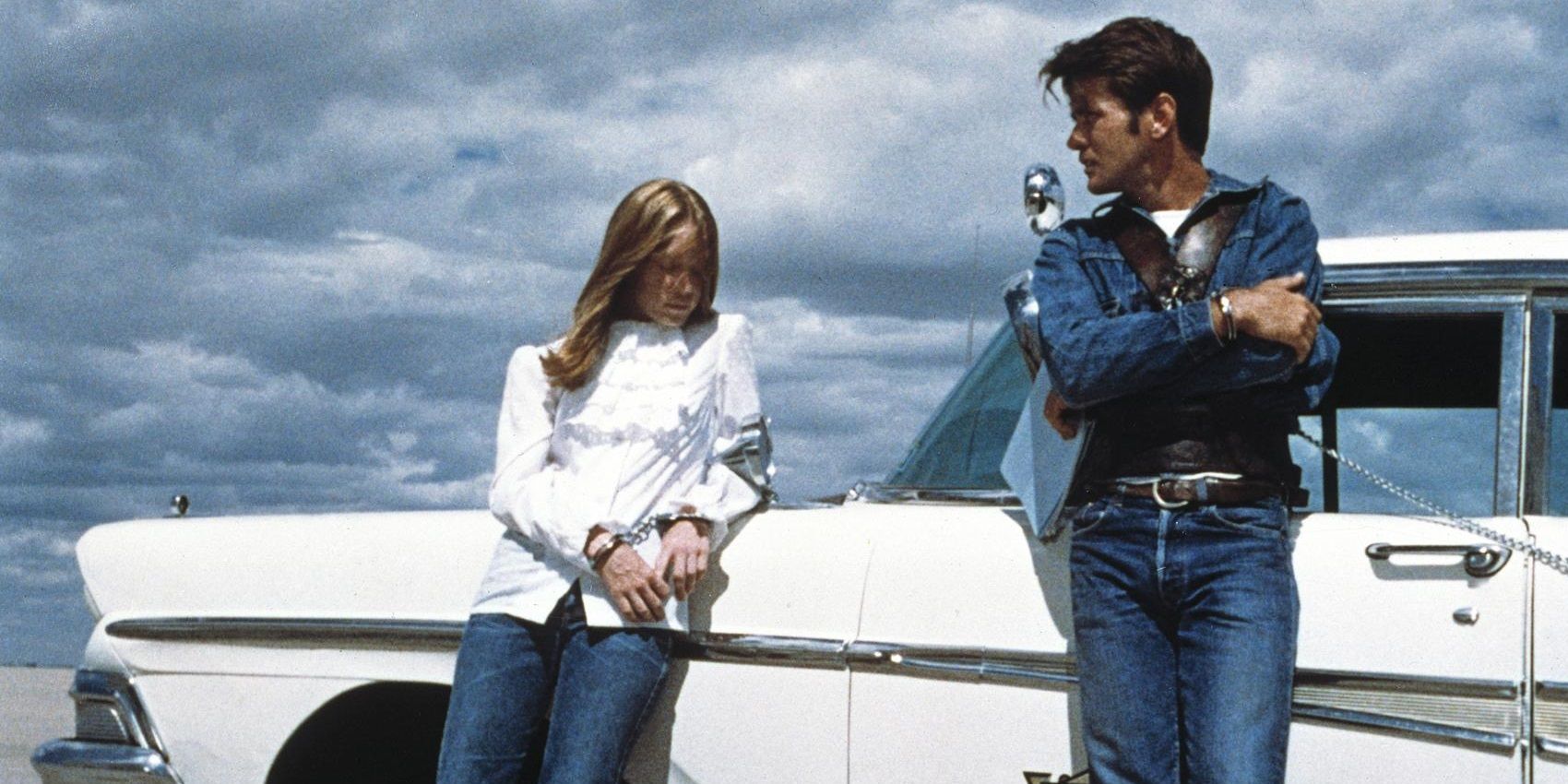
Terrence Malick is now known for existential, spiritual dramas like The Tree of Life, but he made his filmmaking debut during the New Hollywood movement with a gritty take on the lovers-on-the-run concept that was popularized just a few years earlier by Arthur Penn’s Bonnie and Clyde.
Loosely based on the real-life killing spree of Charles Starkweather and his girlfriend Caril Ann Fugate, Badlands stars Martin Sheen and Sissy Spacek as a murderous couple who go on the run together and claim a bunch of victims along the way.
Mad Max (George Miller, 1979)
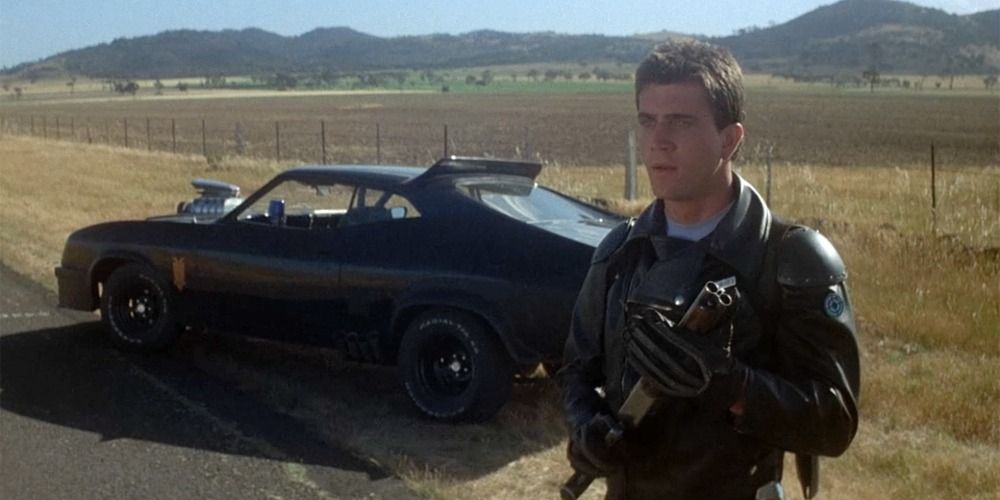
With the Mad Max series, George Miller has made a name for himself as an unstoppable force of action cinema. The Road Warrior and Fury Road feature some of the most impressive car stunts ever captured on film.
While the Mad Max sequels went on to explore a gonzo post-apocalyptic wasteland, the 1979 original – Miller’s low-budget independent debut – takes place in a familiar, semi-realistic world. Mel Gibson stars as a cop contending with the lawless conditions of a near-future dystopia. Mad Max became a sleeper hit at the box office; it’s perhaps the only homemade indie movie to launch a blockbuster franchise.
A New Leaf (Elaine May, 1971)
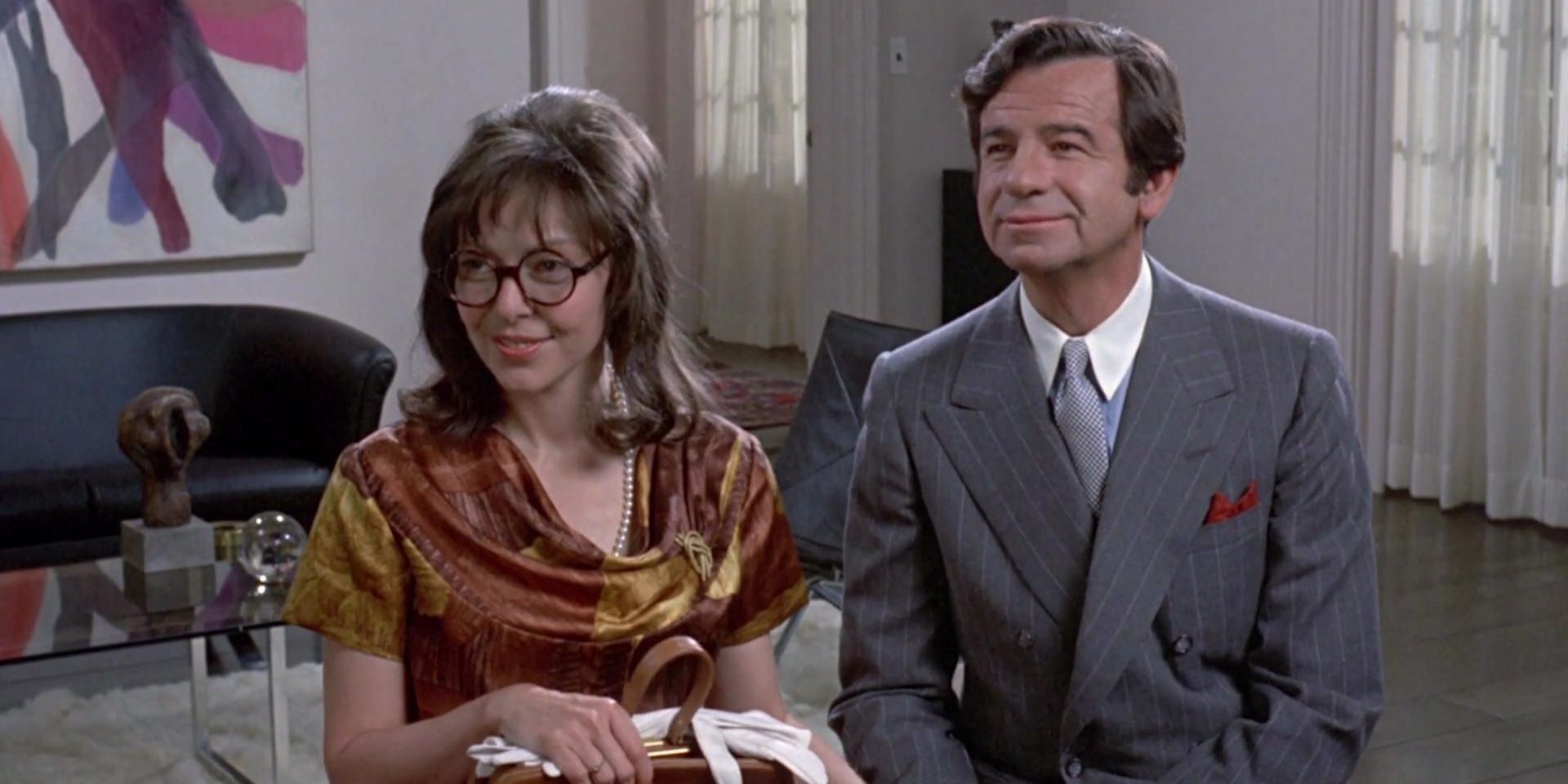
After her comedy partner Mike Nichols established himself as a master filmmaker with Who’s Afraid of Virginia Woolf? and The Graduate in the ‘60s, Elaine May made her own acclaimed directorial debut in 1971 with A New Leaf.
Walter Matthau stars as a spoilt rich kid whose money finally runs out in his adulthood. In order to maintain his lavish lifestyle, he plots to marry a wealthy woman – played by May herself – and murder her for the inheritance. As the premise alone would suggest, May’s debut feature has a delightfully dark sense of humor.
Pink Flamingos (John Waters, 1972)
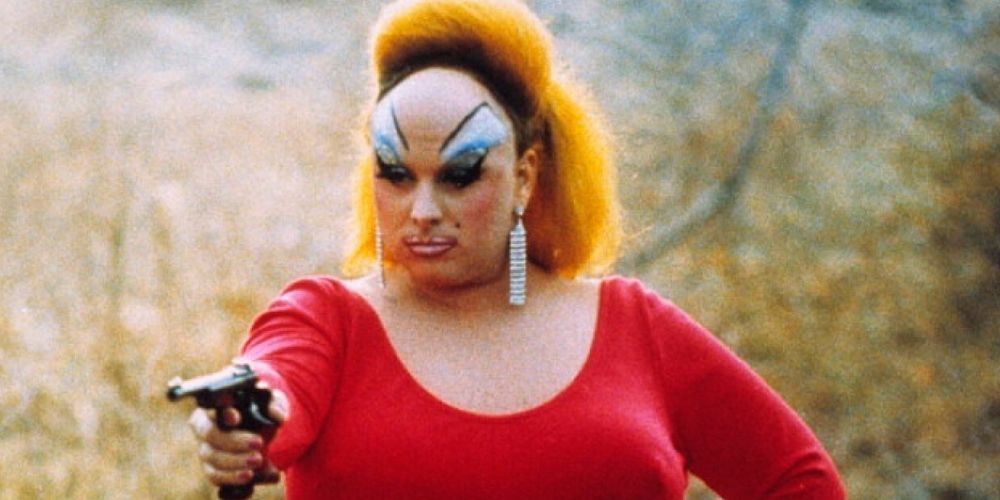
There are few filmmakers as unique as John Waters. His offbeat personality can be seen all over his movies, including his first one, which he wrote, produced, shot, edited, and narrated in addition to directing.
Waters’ directorial debut Pink Flamingos – the first installment of the director’s “Trash Trilogy” – was one of the most boundary-pushing movies ever made. Dealing with exhibitionism, cannibalism, and the consumption of dog poop, Pink Flamingos made a big impression on audiences in 1972 and ensured no moviegoer would ever forget the name John Waters.
Eraserhead (David Lynch, 1977)
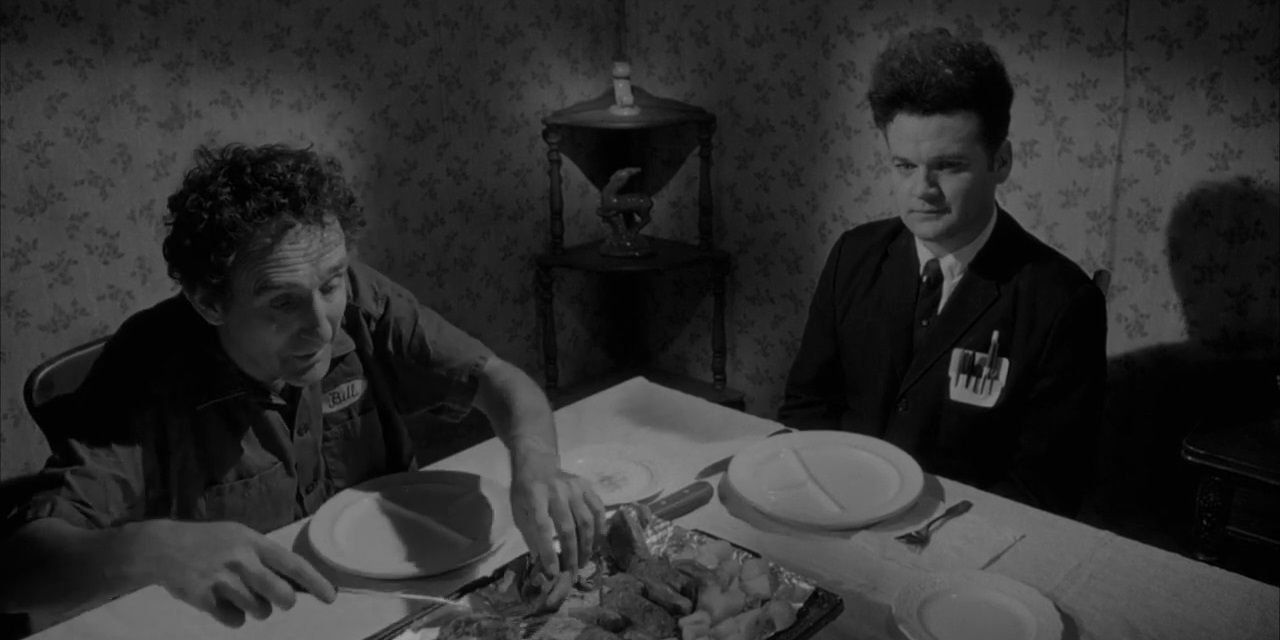
David Lynch is one of the most revered filmmakers in Hollywood. Lynch has a visual style that’s entirely his own, exemplified in such unsettling gems as Blue Velvet, Mulholland Drive, and Lost Highway.
Audiences were first introduced to Lynch’s dark, surreal vision of Americana in his 1977 debut feature Eraserhead. It follows Henry Spencer, who learns at a painfully awkward dinner party that he’s the father of a seemingly inhuman baby. Eraserhead has all the hallmarks that would go on to define Lynch’s career: ambiguous storytelling, industrial iconography, ambient sound design, etc.




